- Maximum sensor range: 2m
- There are new competitors
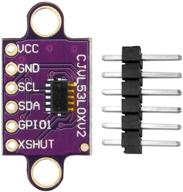
3
·
Excellent

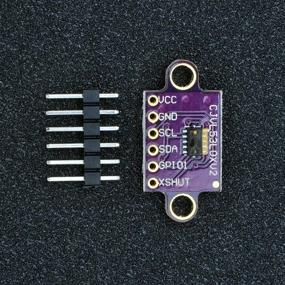
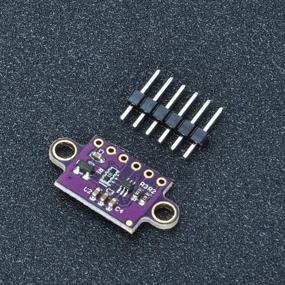
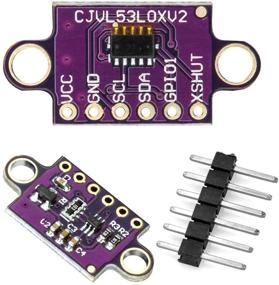


Geeni Look Indoor Smart Security Camera, 1080p HD Surveillance with 2-Way Talk and Motion Sensor, Compatible with Alexa and Google Home, No Hub Required, Black (2 Pack)

32 Review
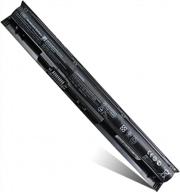
12 Months Warranty HP ProBook 440 G2 450 G2 TPN Q139-Q143 Battery Replacement - VI04 756743-001, 756745-001, 756479-421 HSTNN-DB6K HSTNN-LB6K

38 Review
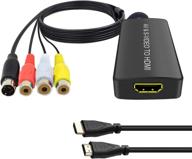
Dingsun SVideo To HDMI Converter: 3RCA AV Support 1080P/720P Compatible With WII U, PS2/PS3, STB, Xbox & More!

43 Review

Fitbit Versa 3 Smartwatch Replacement Band: TOYOUTHS Elastic Nylon Fabric Strap For Women & Men

50 Review

YoLink Умный наружный датчик движения: беспроводный сенсор с дальностью до 1/4 мили, питающийся от технологии LoRa, для предупреждения о въезде на дорожку, сигнализации о проникновении, удаленного мониторинга и оповещений - совместим с Alexa, IFTTT. Требуется хаб!

11 Review
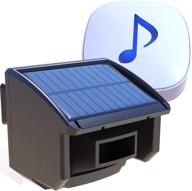
🏠 Htzsafe Cолнечная система сигнализации на подъездной дорожке: дальность передачи 1/4 мили - работает на солнечной энергии, датчик движения и детектор, устойчивые к погодным условиям, система самостоятельного оповещения о безопасности

10 Review
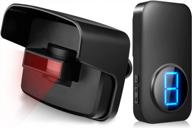
Driveway Alarm Wireless Motion Detector Alarm 600 Feet Long Range Outdoor Weather Resistant Motion Sensor & Detector Security Alert System Monitor Protect Outside/Inside Property

36 Review

📸 Datacolor SpyderX Pro SXP100 – Продвинутая калибровка монитора для профессиональных фотографов и дизайнеров

10 Review

Преобразователь Dingsun SVideo в HDMI: 3RCA AV с поддержкой 1080P/720P, совместимый с WII U, PS2/PS3, STB, Xbox и многим другим!

43 Review

Fitbit Versa 3 Smartwatch Replacement Band: TOYOUTHS Elastic Nylon Fabric Strap For Women & Men

50 Review
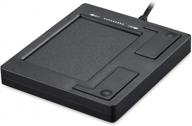
Effortlessly Navigate Your Laptop Or Desktop With The Perixx PERIPAD-501 Wired USB Touchpad

27 Review

Enhance Your Network Connection With Dingsun RJ45 Coupler - Compatible With Cat5, Cat5E, Cat6, And Cat7 Ethernet Cables (Black 10 Pcs)

35 Review